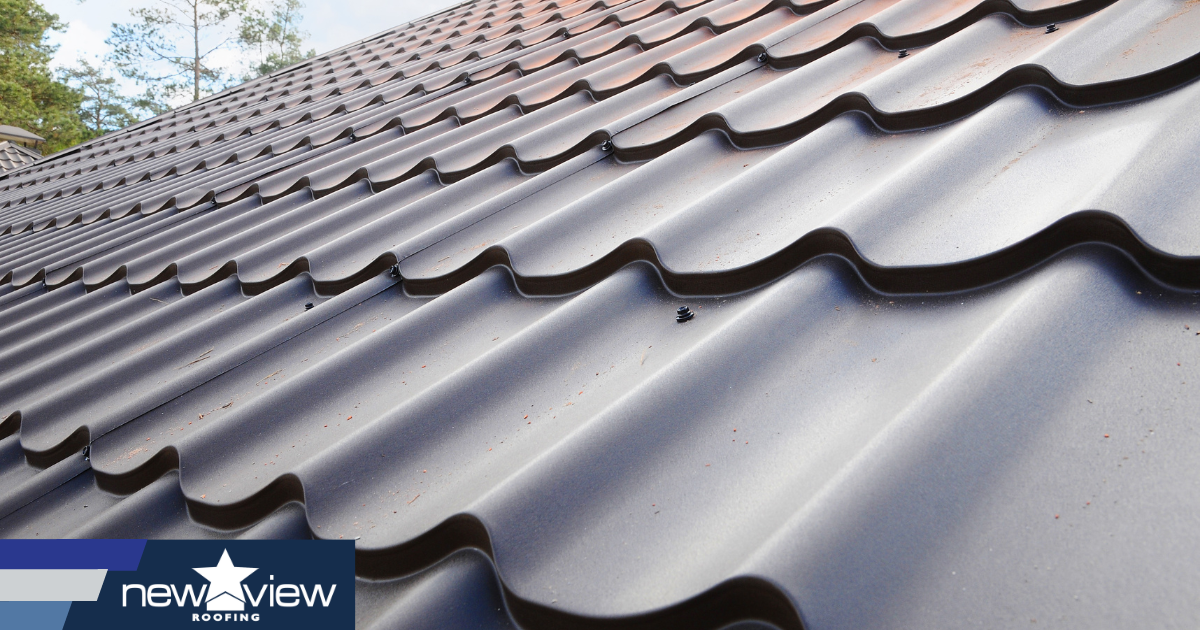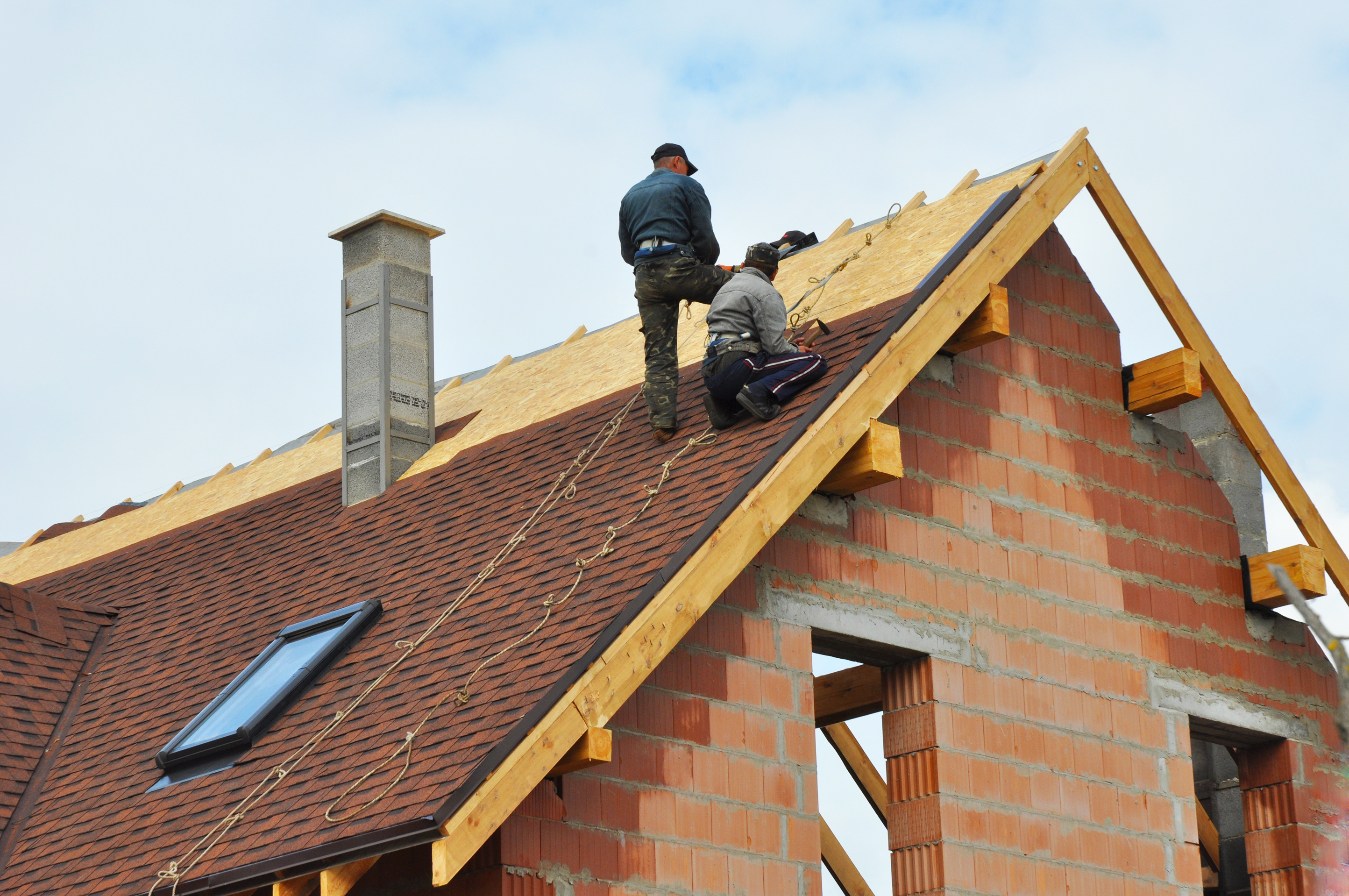The Value of Selecting Skilled Roofing Companies Gainesville Florida
The Value of Selecting Skilled Roofing Companies Gainesville Florida
Blog Article
Ideal Practices for Ensuring Appropriate Roofing Ventilation
Making sure appropriate roof covering ventilation is critical for the longevity and performance of a roof. A balanced intake and exhaust vent proportion, typically 1:300, plays an essential duty, with intake vents ideally positioned at the lower side of the roof covering for awesome air access and exhaust vents at the height for cozy air exit. Normal evaluations to recognize clogs and preserve clear air flow are paramount. Additionally, maintaining insulation far from vents is important to stop airflow restriction. Understanding these fundamental components sets the phase for even more thorough insights into setup and upkeep techniques that can dramatically enhance your roof system's performance.
Understand Air Flow Fundamentals
Effectively comprehending ventilation basics is crucial for ensuring the long life and efficiency of roof covering systems. Reliable air flow minimizes wetness buildup and temperature extremes in the attic room, both of which can result in considerable architectural damage gradually. A well-ventilated roofing system aids in preventing common problems such as mold and mildew growth, timber rot, and ice dams, which can endanger the stability of the roofing materials and the underlying structures.
The main goal of ventilation is to assist in the motion of air, allowing for a regular exchange in between the indoor and outside atmospheres. This balance is attained via a combination of consumption and exhaust vents that collaborate to keep optimal airflow. Intake vents, usually located along the eaves or soffits, permit fresh air to enter the attic area, while exhaust vents, frequently positioned at or near the roof ridge, make it possible for hot, damp air to leave.
Secret variables affecting the effectiveness of roofing air flow consist of correct positioning, ample sizing, and making certain that both intake and exhaust vents are unhampered. Routine inspection and maintenance are vital to identify possible blockages, damage, or inefficiencies in the ventilation system, therefore securing the roofing's efficiency and sturdiness.
Types of Roofing Vents
Roof covering vents play an essential function in maintaining effective attic ventilation and, by expansion, the total health and wellness of the roofing system. Various kinds of roofing vents are available, each with unique benefits customized to details roofing needs. Ridge vents, as an example, are installed along the roofing's top, allowing warm, damp air to get away from the attic. They use constant ventilation and mix perfectly with the roofline, making them both effective and cosmetically pleasing.

Soffit vents are installed under the eaves and job in tandem with roofing system vents to guarantee a balanced intake and exhaust system. By permitting cooler air to get in from below, soffit vents promote the expulsion of hot air with upper vents. Gable vents, located on the exterior walls of the attic, offer an additional efficient remedy, particularly in homes with gable roofings.
Assess Your Current Ventilation

Next, take into consideration the age and problem of your roofing products find and ventilation parts. Older systems might not adhere to present building regulations or may have degraded in time, lowering their efficiency. Conduct a thorough assessment to identify any type of signs of damage, such as rust, damages, or gaps that can endanger the system's efficiency.
Additionally, determine the attic room temperature and humidity degrees. High temperature levels and humidity can show poor ventilation - roofing read companies. Make use of a hygrometer and thermometer to get precise analyses, comparing them with outside problems. Relentless inconsistencies suggest possible issues that require dealing with.
Setup Best Practices
Effective installation of roofing ventilation systems is vital for guaranteeing ideal efficiency and longevity. Proper installment starts with comprehending the particular ventilation demands of the building and the roofing it covers. This involves determining the right proportion of consumption to exhaust vents, normally adhering to the 1:300 guideline, which states one square foot of air flow for every 300 square feet of attic room flooring space.

Intake vents ought to be mounted at the roofing's reduced edge, typically in the soffits, to enable awesome air to go into. Exhaust vents, on the various other hand, need to be installed near or at the roofing system's optimal to help with the leave of warm, moist air.
Seal all vent links carefully to protect against air leakages and potential water infiltration. Usage high-grade materials and comply with manufacturer standards to guarantee sturdiness and efficiency. Additionally, integrating ridge vents with baffles can substantially improve air movement performance by preventing wind-driven rainfall and snow from getting in the attic room.
Inevitably, accurate installation of roofing ventilation systems mitigates possible problems such as mold and mildew development, ice dams, and architectural damage, making certain the roofing's stability and the building's total health.
Routine Upkeep Tips
Consistency in maintenance methods is essential to guaranteeing the long-term effectiveness of roof ventilation systems. Throughout these inspections, ensure pop over to this web-site that vents are free of particles, nests, and other blockages that can hamper airflow.
Make use of a soft brush or a vacuum to get rid of dirt and particles from consumption and exhaust vents. Be mindful not to damage the air vent screens or louvers throughout the process.
Appropriate insulation is just as crucial. Guarantee that attic insulation does not block the vents, as this can drastically limit airflow. Rearrange or replace it to preserve an effective barrier. if any type of insulation has moved or worked out.
Last but not least, replace any kind of harmed or missing parts promptly. Busted vents, broken tiles, or worn-out blinking can all add to poor air flow and ought to be resolved immediately. Regular upkeep makes sure that the roof air flow system operates efficiently, consequently prolonging the lifespan of the roofing system itself.
Verdict
Making certain proper roofing ventilation is vital for keeping the effectiveness and sturdiness of a roofing system. Adherence to the 1:300 consumption and exhaust air vent ratio, paired with the strategic placement of vents, is essential. Routine biannual evaluations, particles cleansing, and making certain insulation does not obstruct air flow are critical methods. Executing these ideal practices will promote a well-ventilated roof, thereby reducing potential problems connected to moisture buildup and extreme warm, eventually extending the roof's life-span.
A balanced consumption and exhaust vent ratio, frequently 1:300, plays a crucial duty, with intake vents preferably put at the reduced side of the roofing system for awesome air entrance and exhaust vents at the peak for warm air leave. Intake vents, normally located along the eaves or soffits, enable fresh air to get in the attic room room, while exhaust vents, frequently located at or near the roofing ridge, enable hot, humid air to escape.
Soffit vents are installed under the eaves and work in tandem with roof covering vents to guarantee a balanced intake and exhaust system. By enabling cooler air to enter from below, soffit vents facilitate the expulsion of hot air with upper vents. Adherence to the 1:300 intake and exhaust vent ratio, combined with the calculated placement of vents, is important.
Report this page